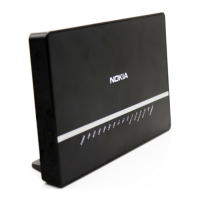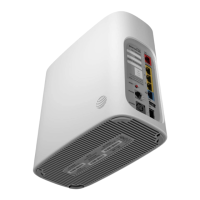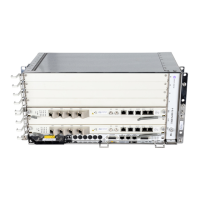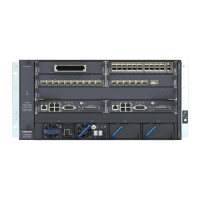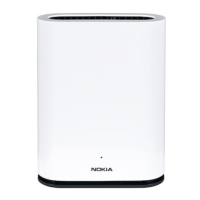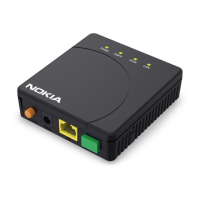Virtual Leased Line Services
134
FD 100/320Gbps NT and FX NT IHub Services Guide
3HH-11985-AAAA-TQZZA Issue: 13
Description This command binds a service to an existing Service Distribution Point (SDP). A spoke SDP is
treated like the equivalent of a traditional bridge “port” where flooded traffic received on the
spoke SDP is replicated on all other “ports” (other spoke and mesh SDPs or SAPs) and not
transmitted on the port it was received.
The SDP has an operational state which determines the operational state of the SDP within the
service. For example, if the SDP is administratively or operationally down, the SDP for the
service will be down.
The SDP must already be defined in the configure>service>sdp context in order to associate
an SDP with an Epipe or VPLS service. If the sdp sdp-id is not already configured, an error
message is generated. If the sdp-id does exist, a binding between that sdp-id and the service
is created.
SDPs must be explicitly associated and bound to a service. If an SDP is not bound to a service,
no far-end ISAM devices can participate in the service.
The no form of this command removes the SDP binding from the service. The SDP
configuration is not affected; only the binding of the SDP to a service. Once removed, no
packets are forwarded to the far-end router.
Default No sdp-id is bound to a service.
Special cases Epipe — At most, only one sdp-id can be bound to an Epipe service. Since an Epipe is a
point-to-point service, it can have, at most, two end points. The two end points are one SAP
and one SDP.
Parameters sdp-id — The SDP identifier. Allowed values are integers in the range of 1 to 17407 for existing
SDPs.
vc-id — The virtual circuit identifier.
Values: 1 — 4294967295
vc-type — This command overrides the default VC type signaled for the spoke binding to the
far end of the SDP. The VC type is a 15 bit-quantity containing a value which represents the
type of VC. The actual signaling of the VC type depends on the signaling parameter defined
for the SDP. If signaling is disabled, the vc-type command can still be used to define the dot1q
value expected by the far-end provider equipment. A change of the bindings VC type causes
the binding to signal the new VC type to the far end when signaling is enabled.
VC types are derived according to IETF draft-martini-l2circuit-trans-mpls.
• The VC type value for Ethernet is 0x0005.
• The VC type value for an Ethernet VLAN is 0x0004.
Values: ethernet
ether — Defines the VC type as Ethernet. The ethernet and vlan keywords are mutually
exclusive. When the VC type is not defined then the default is Ethernet for spoke SDP bindings.
Defining Ethernet is the same as executing no vc-type and restores the default VC type for the
spoke SDP binding.
vlan — Defines the VC type as VLAN. The ethernet and vlan keywords are mutually exclusive.
When the VC type is not defined then the default is Ethernet for spoke SDP bindings.
The VLAN VC-type requires at least one dot1Q tag within each encapsulated Ethernet packet
transmitted to the far end.
Item Description
(2 of 2)

